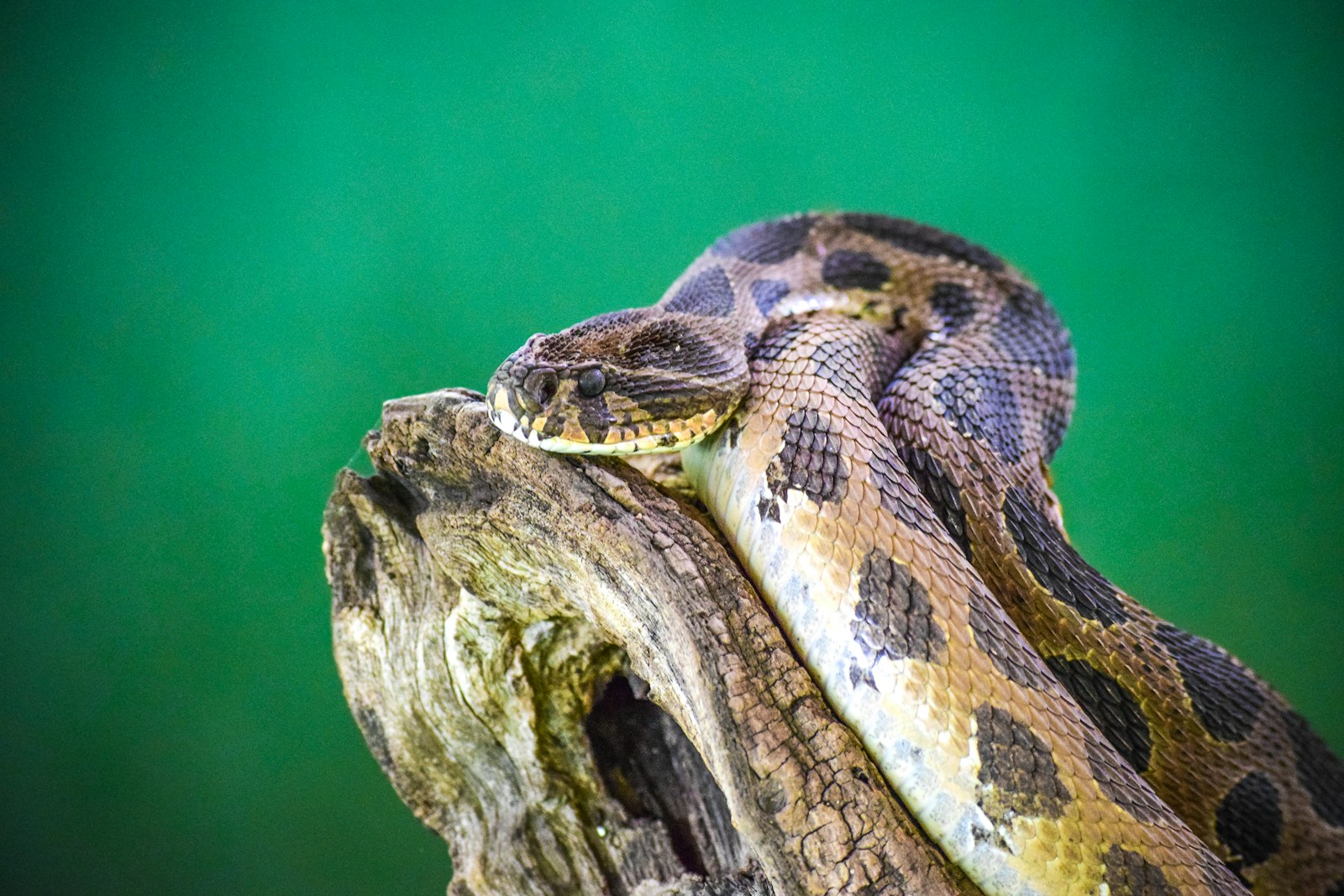Venomous snakes have fascinated and frightened humans throughout history. Their ability to deliver potentially deadly toxins through a simple bite represents one of nature’s most sophisticated defense and predation mechanisms. However, not all venomous snakes are created equal. The potency, composition, and delivery of venom varies dramatically across the more than 600 venomous snake species worldwide.
This variation isn’t random—it’s the result of millions of years of evolutionary adaptations shaped by ecological pressures, prey specialization, and survival strategies. Understanding why some snakes possess more potent venom than others provides insight not only into snake biology but also into the complex interplay between predator and prey relationships, environmental factors, and evolutionary processes that drive biodiversity on our planet.
Evolutionary Origins of Snake Venom
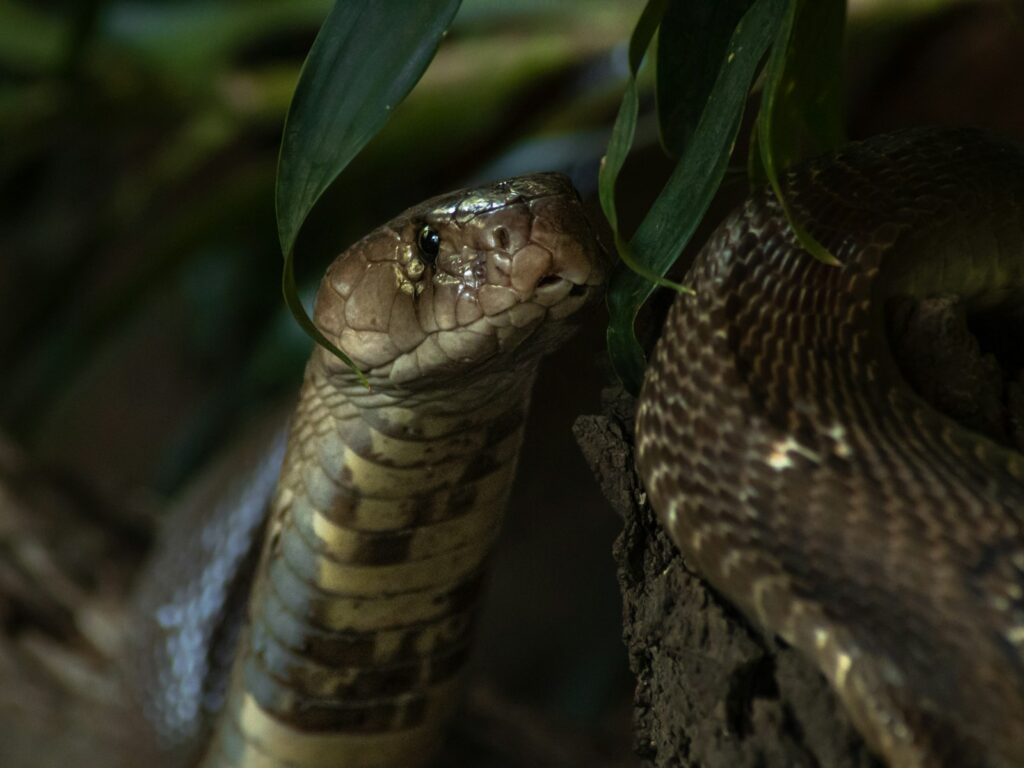
Snake venom didn’t appear overnight but evolved gradually over millions of years from modified salivary glands. This evolutionary innovation began approximately 60-80 million years ago, with primitive venoms likely being simple concoctions that caused mild local reactions. As snakes diversified and specialized, their venom systems became increasingly sophisticated and tailored to specific ecological niches.
Fossil evidence and molecular studies suggest that venom evolved independently multiple times in different snake lineages, making it a perfect example of convergent evolution. The transition from mildly toxic saliva to highly specialized venom represents one of nature’s most remarkable examples of adaptation, allowing relatively small predators to subdue prey many times their size without engaging in dangerous physical struggles.
The Biochemical Complexity of Snake Venom
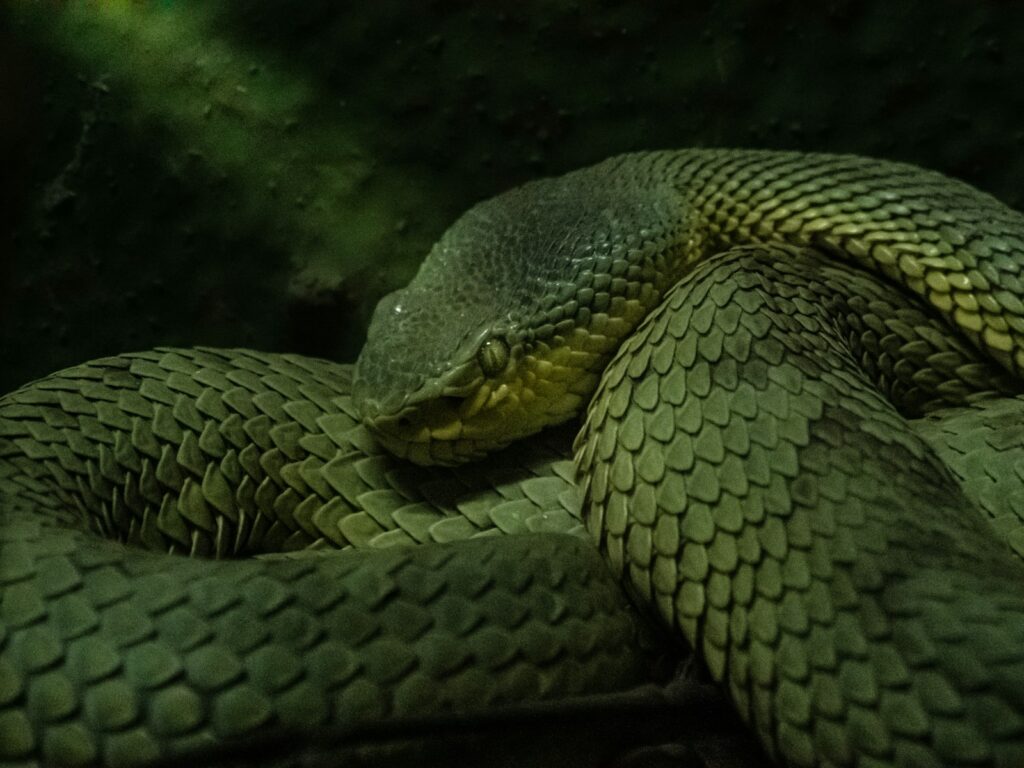
Snake venom is far more complex than a single toxic substance—it’s a sophisticated cocktail containing up to 100 different proteins and peptides with various biological activities. These components can include neurotoxins that attack the nervous system, hemotoxins that destroy blood cells and vessels, cytotoxins that kill tissue cells, and myotoxins that break down muscle tissue.
Many venoms also contain enzymes like phospholipases, proteases, and hyaluronidases that help break down biological barriers and distribute toxins more effectively throughout the victim’s body. This biochemical complexity allows venoms to simultaneously attack multiple physiological systems in prey animals, making resistance difficult to develop. The specific composition varies dramatically between species and even between populations of the same species in different geographic regions, reflecting local adaptations to particular prey types.
Ecological Factors Driving Venom Potency

The ecological niche a snake occupies strongly influences its venom potency and composition. Snakes that prey on fast-moving, potentially dangerous animals like rodents or birds often possess more potent venoms with rapid-acting neurotoxins that quickly immobilize prey. This adaptation minimizes the risk of injury from prey fighting back or escaping after being bitten.
Conversely, snakes that feed on slower prey like slugs or amphibians may have less potent venoms, as they don’t need to rapidly immobilize their targets. Island-dwelling snakes often develop particularly potent venoms due to limited prey opportunities—they can’t afford to lose an injured prey item that escapes after a bite. The relationship between venom composition and ecological factors demonstrates how natural selection finely tunes this weapon system to match each species’ specific predatory challenges.
Prey Specialization and Venom Co-evolution
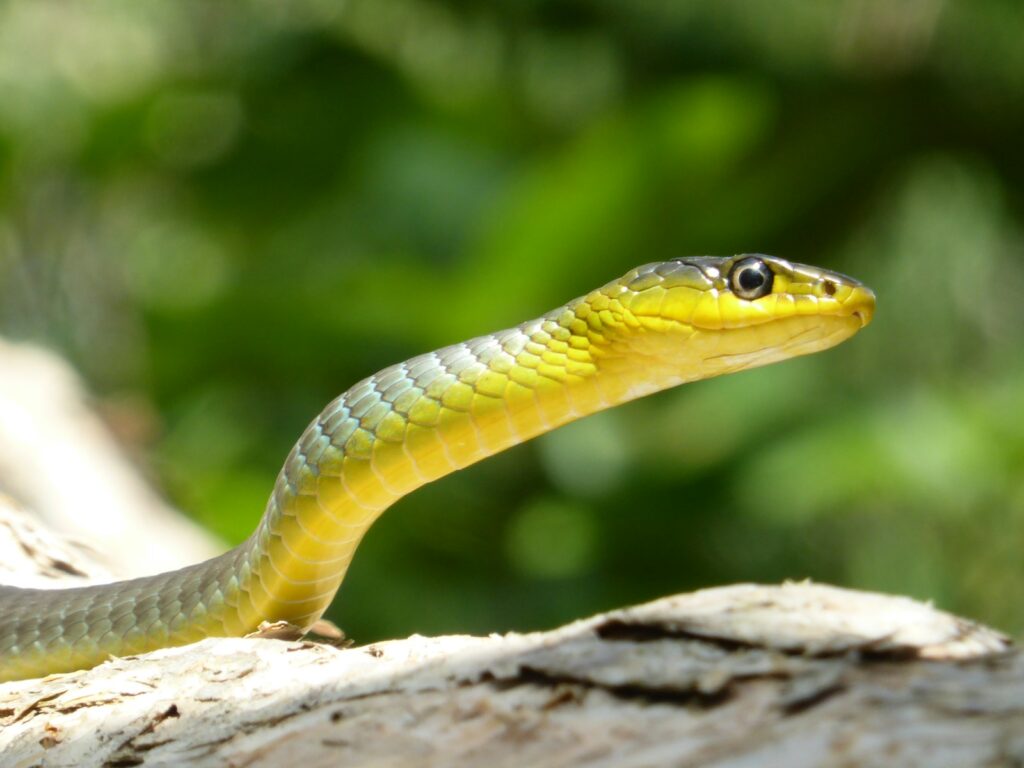
Many snake species have evolved venom specifically tailored to their preferred prey, creating fascinating examples of predator-prey co-evolution. The inland taipan of Australia, often considered the world’s most venomous snake, possesses venom exquisitely adapted to kill mammals, particularly native rodents that have developed some resistance to its toxins.
This evolutionary arms race has driven the extraordinary potency of its venom. Similarly, sea snakes have venoms particularly effective against fish, while some elapids that feed on other reptiles have venoms specially adapted to overcome reptilian physiological defenses. Some specialized snake species even produce different venom compositions depending on their developmental stage—juvenile dusky pygmy rattlesnakes, for instance, produce venom more toxic to lizards, reflecting their primary prey when young, while adults have venom more effective against mammals.
Venom Delivery Systems and Their Efficiency
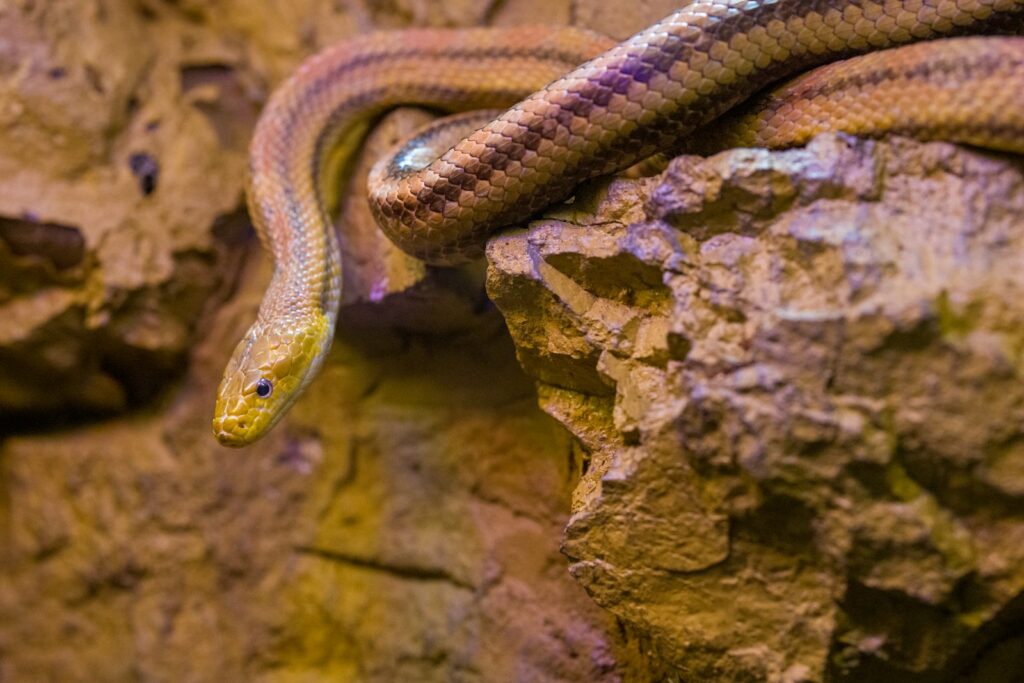
The potency of a snake’s venom is only part of the equation—the efficiency of its delivery system also plays a crucial role in its effectiveness. Advanced venomous snakes like vipers possess sophisticated hollow fangs that function like hypodermic needles, delivering venom deep into prey tissues. These highly specialized fangs can fold back when not in use and rotate forward when striking, maximizing delivery efficiency.
In contrast, rear-fanged snakes like hognose snakes have less efficient delivery systems, with grooved teeth located further back in the mouth that require chewing motions to envenomate prey effectively. The most primitive venomous snakes have simple enlarged teeth with shallow grooves that allow venom to flow into wounds through capillary action. These variations in delivery systems help explain why some snakes with relatively potent venom pose less danger to humans than species with more efficient injection mechanisms.
Defensive Versus Predatory Venom Use

The dual purpose of snake venom—predation and defense—creates interesting evolutionary pressures that affect toxicity levels. When used defensively against potential predators, venom often needs to cause immediate pain to deter the threat quickly, leading to the evolution of painful components like certain cytotoxins. The spitting cobras of Africa and Asia exemplify this adaptation, with venoms specifically evolved to cause intense pain when contact is made with eyes or mucous membranes.
Conversely, predatory venom use favors toxins that efficiently kill or immobilize prey, sometimes without causing immediate pain that might trigger escape responses. Some snakes even demonstrate venom metering—controlling how much venom they inject depending on whether they’re hunting or defending themselves. This differentiation between defensive and predatory venom use helps explain why some snakes possess painful but less lethal venoms, while others have extremely lethal but initially less painful bites.
Geographic Variations in Venom Potency

Snake venom composition can vary dramatically even within a single species based on geographic location, a phenomenon known as venom variability. Tiger snakes in Australia display remarkable variation in venom potency across their range, with island populations often possessing more toxic venom than mainland counterparts. Similar patterns have been documented in rattlesnakes across North America, with venom composition shifting based on local prey availability and environmental conditions.
This geographic variation creates challenges for antivenom production, as treatments effective against one population’s venom may be less effective against another’s. Research has shown that these variations can develop relatively quickly in evolutionary time, allowing snake populations to adapt to changing prey availability or novel environmental pressures within just thousands of years rather than millions.
The World’s Most Potent Venoms
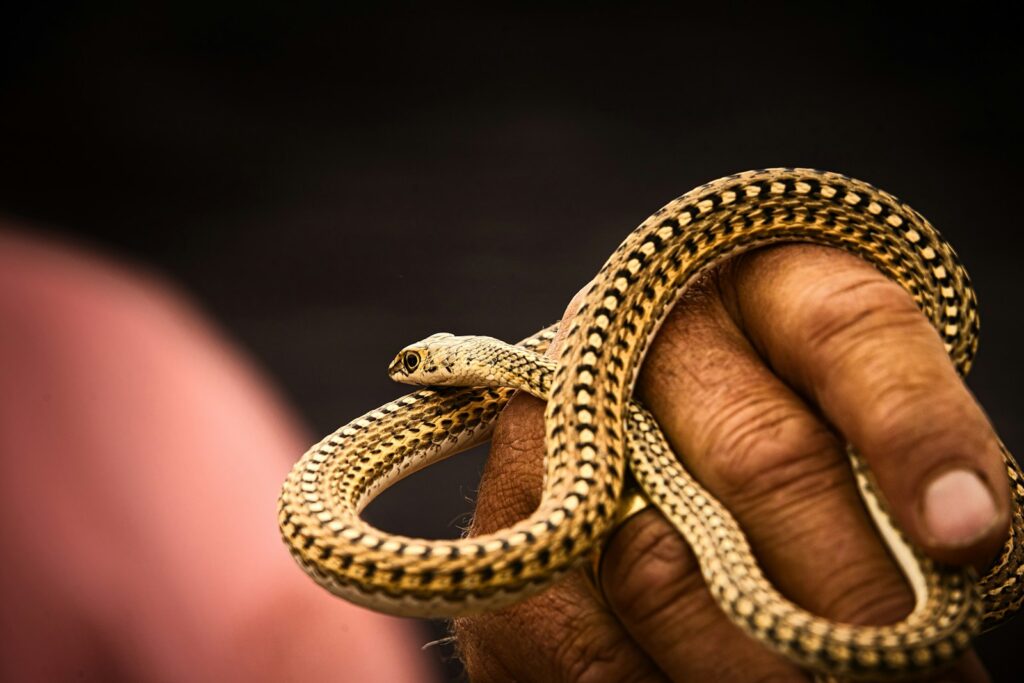
When measuring venom potency, toxicologists typically use the LD50 value—the dose required to kill 50% of a test population—with lower values indicating higher toxicity. By this standard, the inland taipan (Oxyuranus microlepidotus) possesses the most potent venom among land snakes, with a single bite containing enough toxin to kill approximately 100 adult humans. The eastern brown snake (Pseudonaja textilis) and coastal taipan (Oxyuranus scutellatus) follow closely behind in terms of raw toxicity. Among sea snakes, the beaked sea snake (Hydrophis schistosus) and the olive sea snake (Aipysurus laevis) produce exceptionally potent neurotoxic venoms.
However, it’s important to note that laboratory toxicity measurements don’t always translate directly to real-world danger, as factors like temperament, likelihood to bite, and venom delivery efficiency also influence how dangerous a snake truly is to humans.
The Role of Diet in Shaping Venom Composition
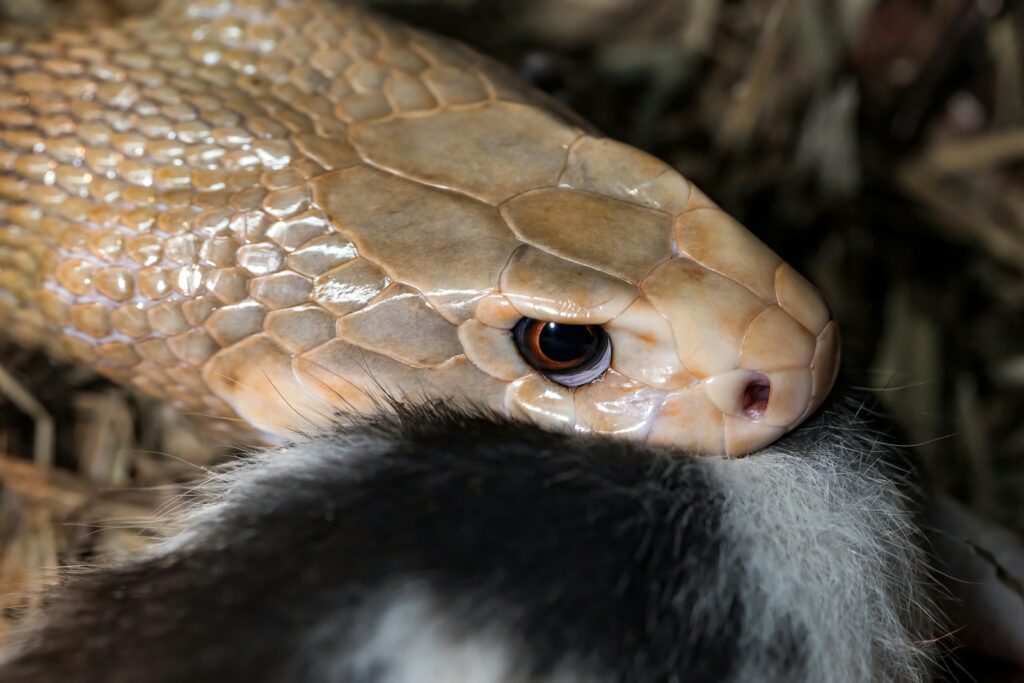
A snake’s diet exerts powerful selective pressure on its venom composition, with fascinating examples of adaptation evident across different species. Snakes that feed primarily on mammals often have venoms rich in neurotoxins that target mammalian nervous systems, while those specializing in birds may possess toxins specifically effective against avian physiology.
The king cobra, which primarily feeds on other snakes, has venom particularly effective against reptilian prey but less toxic to mammals on a weight-for-weight basis. Similar dietary specialization can be seen in sea snakes whose venoms are optimized to rapidly immobilize fish. Research has shown that when snake populations shift their diet due to environmental changes or prey availability, their venom composition can evolve relatively quickly over generations to better target new prey species, demonstrating remarkable evolutionary plasticity in this complex biochemical system.
Age-Related Variations in Snake Venom
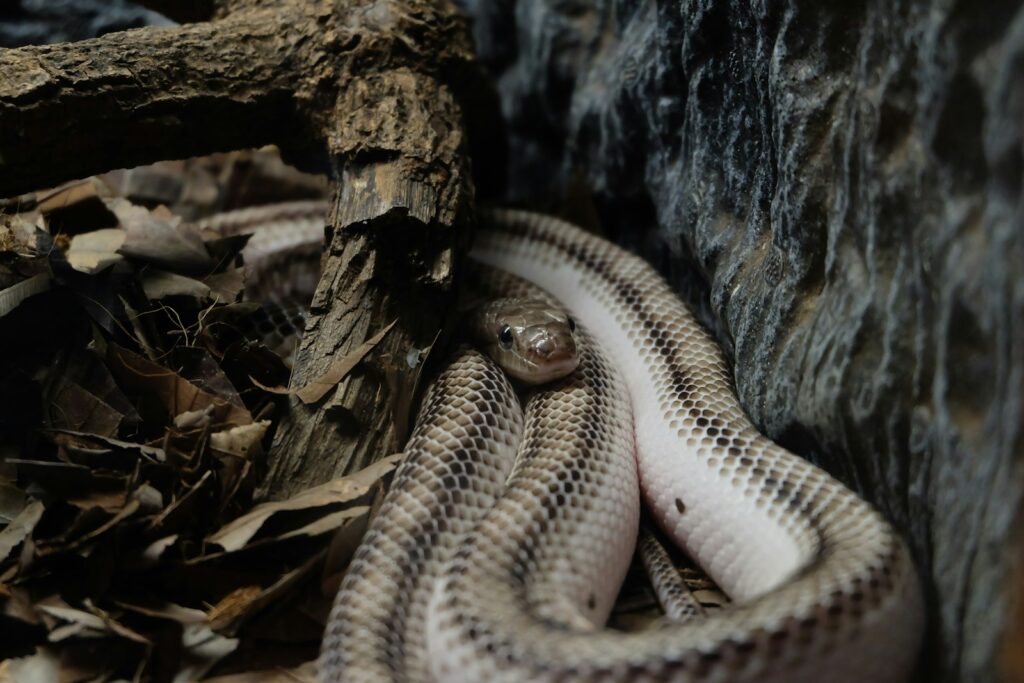
The composition and potency of snake venom can change dramatically throughout an individual snake’s lifetime, a phenomenon known as ontogenetic venom variation. Young rattlesnakes typically produce more neurotoxic venoms than adults of the same species, whose venoms shift toward tissue-destroying components as they mature and begin targeting larger prey. This adaptation allows juvenile snakes to effectively immobilize small prey like lizards and young rodents, while adults develop venoms better suited for larger mammals.
Studies with timber rattlesnakes have demonstrated significant shifts in venom composition as snakes grow, with young snakes producing more neurotoxic components and adults producing higher concentrations of hemotoxic compounds. These age-related changes in venom composition represent another layer of complexity in understanding venom evolution and effectiveness, showing how these remarkable weapons can adapt not just across evolutionary time but within an individual snake’s lifespan.
Venom Conservation and Energy Expenditure
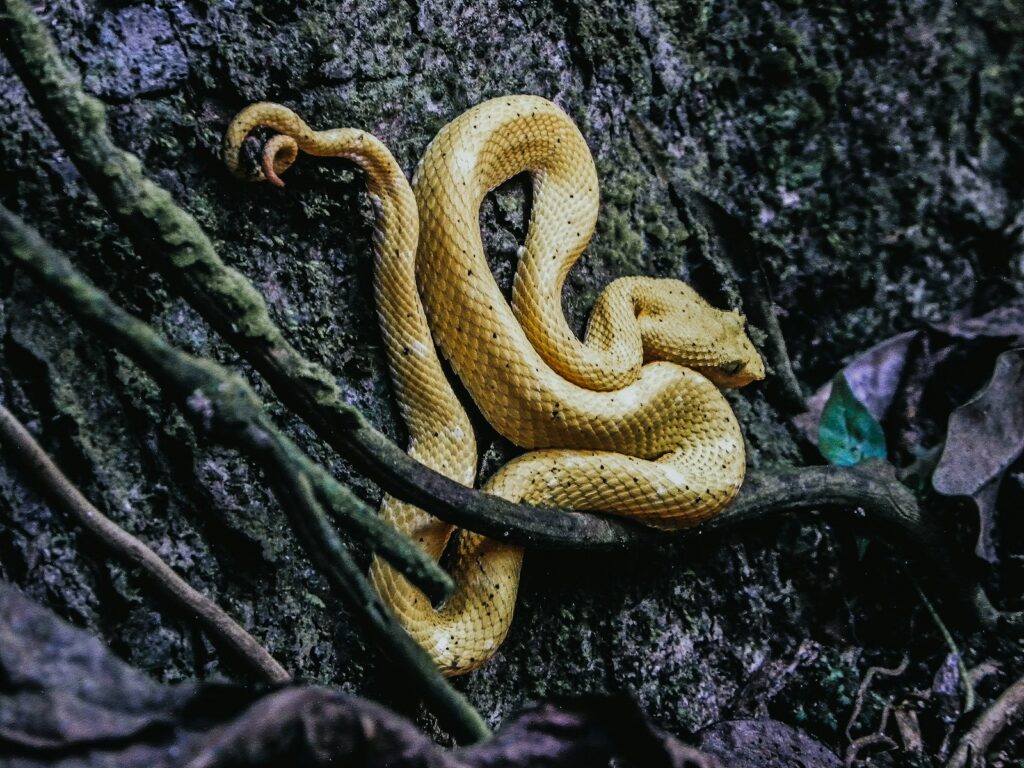
Producing venom represents a significant metabolic investment for snakes, requiring substantial energy and specialized proteins that must be continuously synthesized. This energy cost creates selective pressure for venom conservation, with many species evolving sophisticated control mechanisms to regulate venom expenditure. Rattlesnakes and other vipers can perform “dry bites” when threatened, striking defensively without injecting venom to conserve this precious resource for hunting.
Studies have shown that some species can control the amount of venom injected based on prey size, using just enough to secure a meal without wasteful overuse. After depleting their venom reserves in a strike, snakes may require several days to weeks to fully replenish their supply, during which time they may be more vulnerable or less effective hunters. This metabolic cost helps explain why extremely potent venoms typically evolve only when ecological factors create strong selective pressure justifying the energy investment.
Medical Significance and Antivenom Development

The variation in snake venom potency and composition presents significant challenges for treating snakebite victims worldwide. Antivenoms, the primary treatment for envenomation, are typically produced by immunizing large animals like horses against specific venoms and then purifying the resulting antibodies. However, the extreme diversity of snake venoms means that antivenoms are often highly specific to particular species or even regional populations of snakes. This specificity creates treatment challenges in regions with diverse venomous snake fauna, as multiple antivenoms may be required for effective treatment.
Paradoxically, the most lethal snake venoms have often been the most thoroughly studied, leading to better antivenom availability for species like cobras and mambas, while less lethal but more common venomous snakes sometimes lack effective treatments. The World Health Organization estimates that snakebites cause 81,000-138,000 deaths annually, with many more victims suffering permanent disability from tissue damage, highlighting the ongoing public health significance of understanding venom diversity.
Venom’s Promise for Medical Research
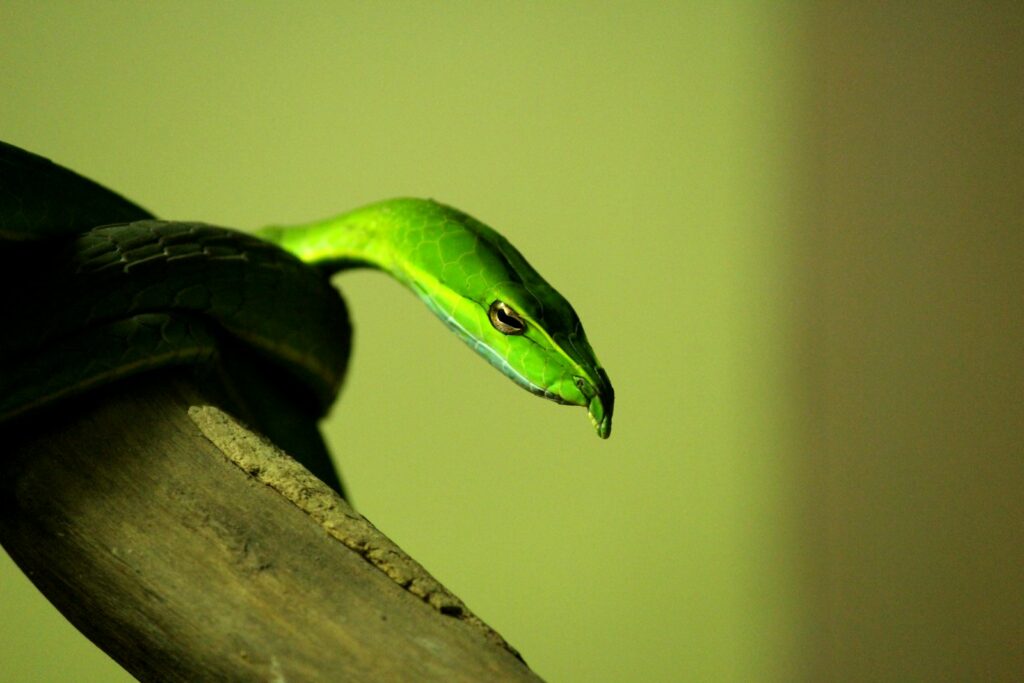
The incredible complexity and specificity of snake venoms have made them valuable resources for pharmaceutical research and drug development. Components isolated from snake venoms have led to the development of medications for treating hypertension, heart attacks, blood clots, and chronic pain. The ACE inhibitor captopril, developed from a compound in the venom of the Brazilian jararaca pit viper, revolutionized the treatment of high blood pressure and remains one of the most successful drugs derived from natural toxins.
Researchers continue exploring snake venoms for potential cancer treatments, with certain toxins showing promise in targeting cancer cells while sparing healthy tissues. The extreme potency and specificity of snake venom components make them ideal starting points for drug development, as they’ve evolved over millions of years to interact with precise biological targets. This medical potential adds another dimension to the importance of understanding and preserving the remarkable diversity of snake venom systems found worldwide.
Conclusion
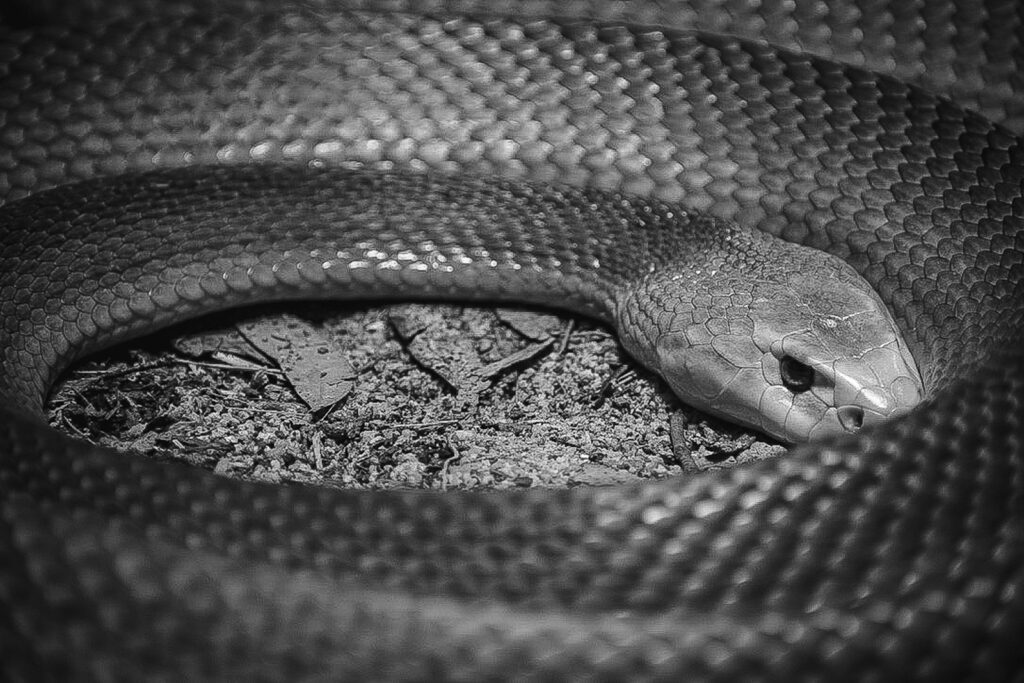
The variation in venom potency among snakes represents one of nature’s most fascinating examples of evolutionary adaptation and specialization. From the lightning-fast neurotoxins of the inland taipan to the tissue-destroying hemotoxins of the rattlesnake, these complex biochemical weapons have been shaped by millions of years of evolutionary pressure. The specific ecological niche a snake occupies, its preferred prey, geographic location, and even its age all influence the composition and potency of its venom.
This remarkable diversity not only helps us understand the evolutionary biology of these fascinating reptiles but also provides valuable resources for medical research and drug development. As we continue to unravel the complex interplay between ecology, evolution, and biochemistry that drives venom diversity, we gain deeper insight into both the dangers and potential benefits of these sophisticated natural toxins.

